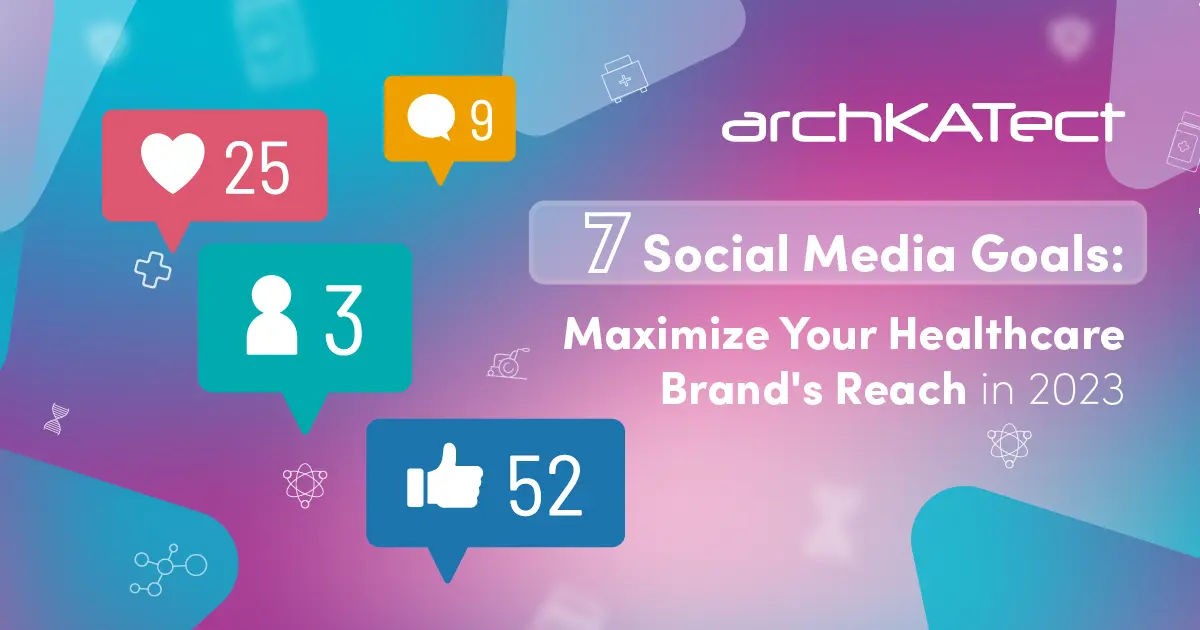Healthcare Cybersecurity is more relevant than ever. As the healthcare industry becomes more reliant on digital systems and new technologies, more emphasis must be placed on cybersecurity and the defense against cyberattacks. Not only can cyberattacks result in severe monetary and privacy ramifications, but they can also impact patient care.
Healthcare organizations should make a greater investment toward cybersecurity to protect the confidentiality and health of their patients in this increasingly digital world.
Why Healthcare Organizations Are So Vulnerable to Cyberattacks
Healthcare organizations are often favored targets for cyberattacks in part because of the valuable information they store [i]. Everything from protected health information (PHI) to social security numbers to banking information can be stolen and subsequently sold by hackers.
What makes healthcare organizations especially susceptible to these threats is the fact that they lag “behind other leading industries in securing vital data.” [ii]. With every new technology or innovation incorporated into clinical care comes new opportunities for entry points and security breaches.
Unfortunately, reports have found that cybercriminals have worked hard to take advantage of the pressures placed on healthcare systems due to the COVID-19 pandemic [iii]. As cyberattacks continue to become a growing threat, healthcare organizations need to be prepared for and knowledgeable of the kinds of attacks facing them at all times.
What are the threats of Cyberattacks?
While not an exhaustive summary by any means, external data breaches, ransomware, and internal threats are just some of the main cybersecurity risks that should be on all healthcare organizations’ radars.
Compared to other industries, the healthcare sector experiences more data breaches than any other [iv]. As mentioned earlier, protected health information is often targeted because of its high value. According to a report by the NCBI, “Healthcare data are attractive to cyber-criminals because they contain financial and personal data, can be used for blackmail, and most valuable, are ideal for fraudulent billing.” [v]
Ransomware is also a preferred approach for cyberattacks against the healthcare sector. The FBI defines ransomware as “a type of malicious software, or malware, that prevents you from accessing your computer files, systems, or networks and demands you pay a ransom for their return.” [vi] And while the FBI does not suggest organizations pay ransom for the return of their data, it is challenging to decide what action is best to take when it comes to disruptions in patient care and critical operations.
Finally, internal threats can also have costly and damaging consequences. While not always malicious in nature, employees of healthcare organizations can make mistakes that make it easy for criminals to access personal data and disrupt systems via malware. To prevent these mistakes from happening, healthcare organizations must be intentional about investing in cybersecurity defense strategies and following best practices.how to achieve better sales and marketing team alignment in 6 simple steps.
How to Prevent Cyberattacks
- Conduct regular risks analyses:
Cybercriminals constantly monitor healthcare systems for weaknesses and accessible points of entry. Conducting your own regular risk analyses will help you identify and address these potential breach opportunities before hackers do.
- Educate your teams:
Routine cybersecurity training can equip your team with the specific knowledge they need to protect sensitive information and protect themselves from falling prey to cyber scams. When your whole team is following the same protocols, you minimize the chance that costly mistakes will be made.
- Make sure your website and online systems are HIPPA compliant:
- Follow best practices for technology security:
From data encryption to using firewalled networks, there are many digital strategies that you can use to prevent cyberattacks. Staying up to date with the latest cybersecurity best practices can help you mitigate the risks of various cyber threats.
Cybersecurity is a concern for healthcare organizations of all sizes, from private offices to clinics to urgent care centers to even large hospitals. It is also a concern for all the vendors and contractors who provide goods and services to healthcare systems. The entire healthcare sector should take a proactive approach toward protecting themselves from cyberattacks and threats.
Is your website safe and secure? Are you HIPPA compliant when it comes to your digital structures? We can help. Let us perform a cybersecurity audit, identify your weaknesses, and help you offer safety and peace of mind to your patients, your vendors, and your workforce.
References AND RESOURCES
- Riggi, J. (n.d.). The importance of cybersecurity in protecting patient safety | Cybersecurity | Center | AHA. [online] www.aha.org. Available at: https://www.aha.org/center/cybersecurity-and-risk-advisory-services/importance-cybersecurity-protecting-patient-safety.
- Cs, K., B, F., T, J. and Dk, M. (2017). Cybersecurity in Healthcare: A Systematic Review of Modern Threats and Trends. [online] Technology and health care: official journal of the European Society for Engineering and Medicine. Available at: https://pubmed.ncbi.nlm.nih.gov/27689562/.
- He, Y., Aliyu, A., Evans, M. and Luo, C. (2020). Healthcare Cyber Security Challenges and Solutions Under the Climate of COVID19: A Scoping Review (Preprint). Journal of Medical Internet Research, 23(4).
- CIS. (2016). Data Breaches: In the Healthcare Sector. [online] Available at: https://www.cisecurity.org/insights/blog/data-breaches-in-the-healthcare-sector [Accessed 9 Mar. 2022].
- Koppel, R. and Kuziemsky, C. (2019). Healthcare Data Are Remarkably Vulnerable to Hacking: Connected Healthcare Delivery Increases the Risks. Studies in Health Technology and Informatics, [online] 257, pp.218–222. Available at: https://pubmed.ncbi.nlm.nih.gov/30741199/.
- Federal Bureau of Investigation (2021). Ransomware. [online] Federal Bureau of Investigation. Available at: https://www.fbi.gov/scams-and-safety/common-scams-and-crimes/ransomware.





